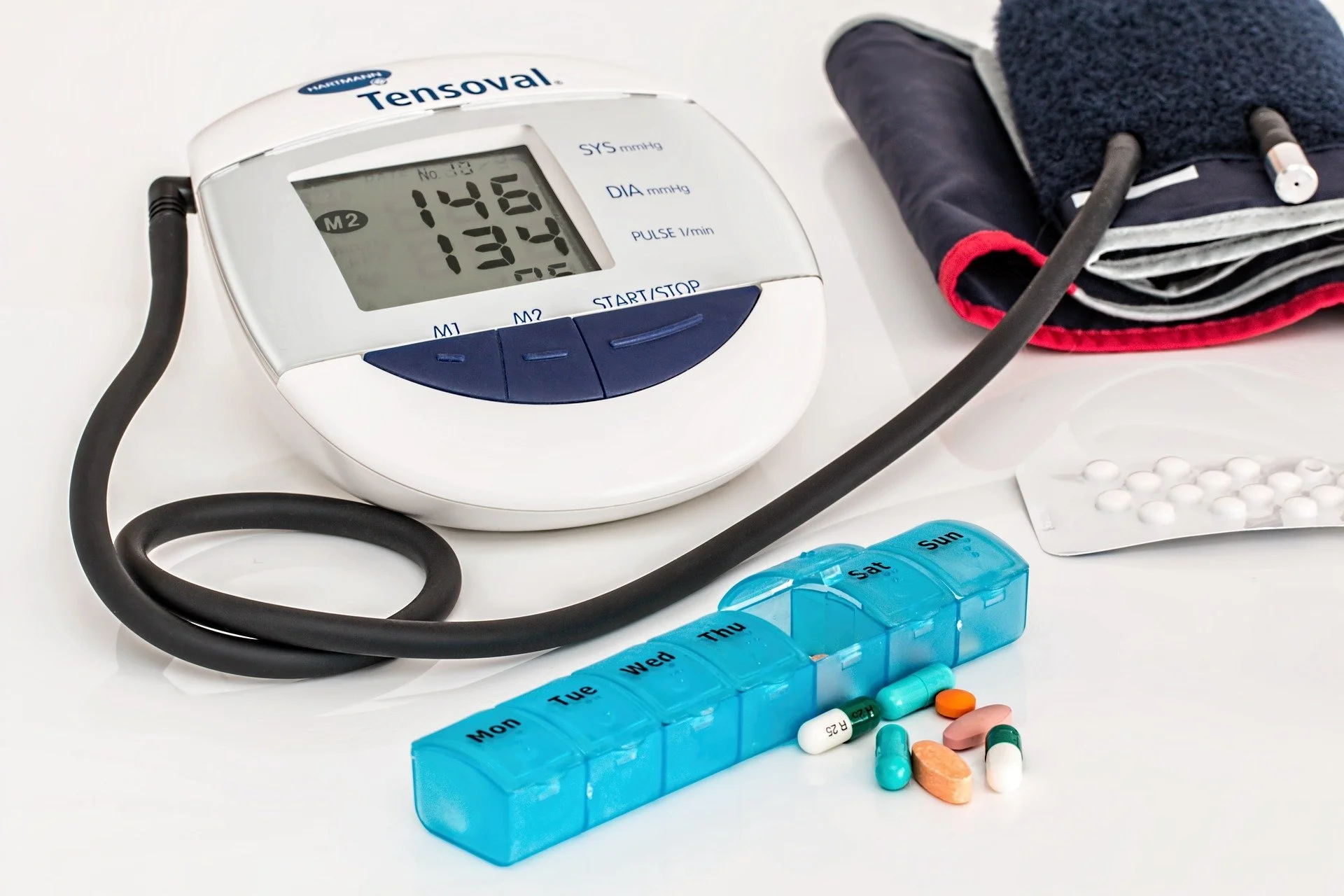How to Maintain Healthy Blood Pressure
High blood pressure, or hypertension, is a medical condition that can manifest itself very silently yet also catastrophically. If left untreated, it erodes the body and ultimately results in a life-threatening heart attack or stroke. In fact, having a healthy blood pressure is not only helpful, but necessary for overall health and long-term well-being. This vitality of having the appropriate blood pressure level warrants a discussion on how to maintain blood pressure within a healthy range, as a blood pressure too high can have serious and debilitating negative effects on a person’s arteries, heart, brain, and kidneys. Furthermore, one in every three Americans has been diagnosed with hypertension—so the discussion is relevant to millions.
What people may not know is that the readings for blood pressure can vary throughout time and day, and thus, there needs to be consistent checking for updates on one’s blood pressure in order to obtain an accurate sense of one’s true blood pressure levels. Furthermore, while it is true that wide or extreme blood pressure variations are not healthy and may signal further complications, people underestimate the many causes at play in blood pressure fluctuations. Firstly, the circadian rhythm itself causes a pattern in the blood pressure levels, and thus, throughout the day the readings should differ slightly to match the changes in the circadian rhythm. In general, blood pressure should be notably higher during the day as opposed to at night. Secondly, stress and emotionality can cause a higher blood pressure measured during a reading. Finally, food sensitivities and caffeinated drinks can also influence readings, and should be considered if taking a reading. Nevertheless, those with hypertension may have increased variability in their blood pressure levels, which is also important to note when taking and comparing multiple readings of the blood pressure.
In order to complete a reading, a sphygmomanometer is positioned around the upper arm all while there is either manual or automatic inflation of the cuff. Furthermore, the brachial artery will have a lack of blood flow for a short period of time, after which the cuff will begin to deflate and a reading can be made electronically. Alternatively, a medical professional can use a stethoscope for an evaluation, if performed in a medical setting. The process is very simple and straightforward, yet allows readings to be made efficiently and often. As for the results and what they mean, there is systolic blood pressure and diastolic blood pressure. Both are important to track, and systolic blood pressure is the number that appears on top, while diastolic is the one that is on the bottom. Systolic blood pressure refers to the artery’s pressure during heartbeats, while diastolic is the artery’s pressure during the resting time between beats. Anything more than 130 mm Hg for systolic pressure and 80 mm Hg for diastolic is considered to be hypertension and should be a concern for further treatment and management.
The treatment process of hypertension is multi-faceted and involves changes that are not centralized to any one part of a person’s health routine. Firstly, it is important to acknowledge the importance of hypertension management, as there are sharp reductions in strokes, heart attacks and organ failures that come with treatment. If a person with hypertension is a smoker, the first thing that should be addressed is quitting smoking, and smoking cessation programs should be considered. Prescriptions for gums, patches and medications that may aid in this process exist, and more information can be obtained from a pharmacist or a physician. Next, the exercise levels of an individual should be considered. While aerobic exercise may have less effect on losing weight than dieting, exercise is central in the process of strengthening the heart muscles and protecting the arteries from narrowing or destruction. In fact, those doing cardiac rehabilitation are enrolled in exercise programs precisely for this reason, though their programs are closely monitored by physical therapists and physicians. Furthermore, obesity is associated with hypertension, and so losing weight if a person with hypertension is obese can certainly help manage hypertension. One’s diet likewise should be evaluated, as a healthy diet with many fruits, vegetables, and fibers can help beat hypertension. Meanwhile, fatty foods should be avoided, especially those high in oils and saturated fats, as well as foods that are low fat dairy products. While sugar intake should also be monitored, it is more crucial to limit sodium intake. Alcohol is another substance to avoid, with no more than one or two drinks a day, as it can have adverse effects on both blood pressure readings and blood pressure levels.
From a pharmacological standpoint, there are drugs to help with hypertension. However, the lifestyle changes listed must be taken into account to directly lower hypertension as well as to aid in the effectiveness of the drugs. Thus, for this reason, drugs are reserved mostly for those with serious heart conditions or health concerns as well as the elderly. The class of drugs that are often first attempted in lowering hypertension are diuretics, but this may not be the case for those with other health considerations such as diabetes. These diuretics work by having the kidneys absorb more sodium and water, which in turn allows the artery walls to relax, and thereby lowering blood pressure levels. Beta-blockers, calcium channel blockers, and alpha blockers may also be helpful, and alternative drugs can always be attempted if a drug is found to be uncomfortable or ineffective for a patient. Nevertheless, it is crucial to consult your physician for more information on potential drugs and the overall treatment process of hypertension. While hypertension is your body’s signal of the potential development of further complications, if addressed adequately and seriously, treatment is effective and responsive!
References:
https://www.cdc.gov/bloodpressure/about.htm
https://www.practicalclinicalskills.com/sphygmomanometer
https://www.mayoclinic.org/diseases-conditions/high-blood-pressure/in-depth/diuretics/art-20048129



